Why Cinematic Technique Is Essential for Novelists
This week I’ve released my new writing craft book Shoot Your Novel, which I feel offers writing tools that are not taught by any other writing instructors. Those of you who have been following my blog for a while may have gone through the whole course last year, post by post, and if you have, I hope you have learned some very new approaches to writing fiction.
Why should writers learn new approaches? Aren’t the “old” approaches time-tested? Don’t they work?
They do. However, times have changed in some very significant ways. The primary way has to do with the type and deliverance of media in our modern world. Sol Stein in his highly regarded book Stein on Writing said, “Twentieth-century readers, transformed by film and TV, are used to seeing stories. The reading experience for a twentieth-century reader is increasingly visual. The story is happening in front of his eyes.” This is even more true in the twenty-first century. As literary agent and author Donald Maass says in Writing 21st Century Fiction: “Make characters do something that readers can visualize.”
Avoid “Novel Fail”
I edit and critique more than 200 partial and complete manuscripts a year. I see authors struggling with scene structure, and failing often in writing strong, well-constructed visually powerful scenes. Even those with a terrific concept and tight plot will often experience “novel failure” due to a lack of adeptness in wielding writing tools needed to fashion quality work.
Writers acquire and collect skills the way a builder will accumulate tools for his jobs. My husband has been a contractor for decades. We have two storage sheds, one big Dodge truck with tool boxes, and a 20′ tool trailer packed to the gills with tools of every kind. At times he thinks about getting rid of a bunch of his tools, and he will on occasion when the tool is old or falling apart. But he usually replaces those types of tools with new ones that can do the needed job as well or better. He never gets rid of anything, small or large, cheap or expensive, if he knows at some point he will need that very specific tool for a specific task.
You Need More Tools—the Right Ones!
I’ve noticed writers will grab a few basic tools that will help them write fiction and call it “sufficient.” They think having a general handle on the English language is enough. Oh, and they’ve read a few how-to books, and of course hundreds of novels over the years. Armed with those tools, they dive in to tackling something very complex and challenging: writing a novel.
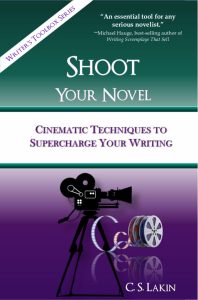 From my experience in working with hundreds of aspiring novelists, let me just say this: Winging it with a few tools (and a prayer) doesn’t work.
From my experience in working with hundreds of aspiring novelists, let me just say this: Winging it with a few tools (and a prayer) doesn’t work.
We’ve been looking at the 12 key pillars of novel construction this year, and I’m hoping you’ve been realizing more and more how very difficult it is to develop and structure a novel so that it really holds together as a story, with strong tension, pacing, character and plot development, themes, dialog—among other essential components.
In order to help writers really get the hang of how to write a compelling novel, I wanted to create a method that fit the times. That helped writers craft novels that were visually stimulating, dynamic, active. For that —according to Maass and Stein—are what readers expect.Readers want a visual experience. My literary agent lauded this approach, saying to me, “Readers have been saturated with TV, movies, and video games. They have no patience to read the kinds of books that were written fifty years ago, full of pages of narrative and exposition. They want chapters to feel like movie scenes. And writers need to adjust the way they write in order to do that.”
Yes, I Know—Show, Don’t Tell
We’ve heard it countless times: show, don’t tell. Sounds simple, right?
Wrong. There are myriad choices a writer has to make in order to “show” and not “tell” a scene. Writers are often told they need to show, which in essence means to create visual scenes the reader can “watch” unfold as they read.
But telling a writer to “show” is vague. Just how do you show? How do you transfer the clearly enacted scene playing in your mind to the page in a way that not only gets the reader to see just what you want her to see but also comes across with the emotional impact you intend?
Regardless of genre, any scene in a novel is going to be more interesting, more compelling, more emotionally impacting if writers show the action unfolding in real time in a dynamic way. The tools I provide in Shoot Your Novel are very specific and versatile. Liken this to a building contractor arriving at the job site about to build a three-story house with that 20′ trailer full of appropriate tools for every task: frame-up, perimeter foundations, siding, roofing, plumbing, electrical, masonry, and the list goes on. If the builder shows up with only a hammer and a roll of duct tape, he’s not going to get very far (no matter what you might believe about duct tape). And what he does build is going to be a mess.
Don’t be like that builder. Think about packing your toolbox to overflowing with appropriate, useful tools. You can’t have enough great tools—I really believe this. That is why I still take writing workshops and devour new writing craft books, always seeking to add more tools to my box.
Cinematic Tools Are the Most Important
But I believe acquiring cinematic tools are the most important. Why? Because this is the 21st century, and readers expect a more visual reading experience. Learning cinematic technique—which includes understanding and utilizing specific camera shots and angles and developing image systems for your story—is essential if you want to be a successful author in the 21st century.
Let me add for emphasis: the clients I have that utilize this technique in their novels well go on to sell very well. Their books win awards, garner recognition and publishing contracts, hit best-seller lists.
I truly believe the secret to a great novel is in “show, don’t tell,” but in order for a writer to do that in his scenes successfully, he needs the right tools. If you get Shoot Your Novel and put these cinematic tools in your writer’s toolbox, you will have all the help you need to write a great novel. I wholly believe this, and that’s why I wrote the book—for you to write the best novels you can.
This is only the second time in four years that I’ve plugged one of my own books. And the reason I’m spending a post doing so is I want you to be a great writer! I hope you’ll pick up the book and really study the rich and varied material within its pages.
For a limited time, if you buy the print version, you can also purchase the ebook for only 99 cents. It’s helpful to have a print copy to mark up as well as one on your computer or e-reader device for handy reference. You can buy the print book here.
May your writer’s toolbox overflow with great tools to help you write terrific novels! Happy writing!

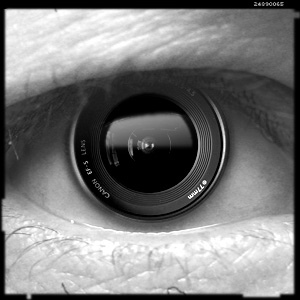
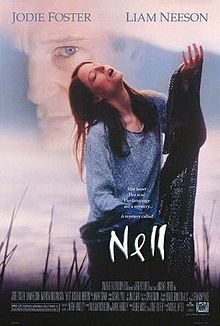

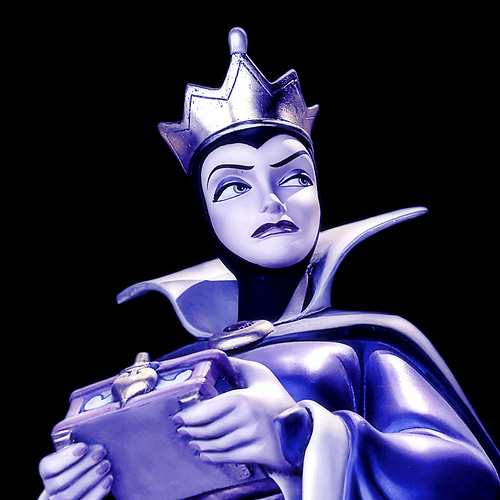


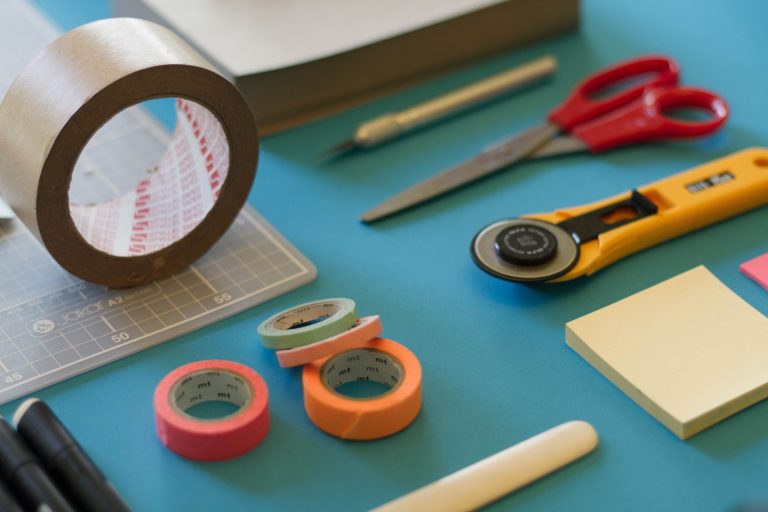




Lots of good reminders and encouragers here (smiles) thank you!
Esp liked,
“I wanted to create a method that fit the times” –
And hearing you say you still read writing books, makes me feel a lot less guilty about my own continuing explorations of texts 🙂
I’ve been accused of writing like a movie. Now I find out that its a good thing! I just bought the book. Thanks for your help.
I hear that sometimes, and although each is entitled to his opinion, truth is, cinematic technique is all about showing instead of telling. Some feel that “trying to write a book to read like a movie” is selling out or something to that effect, but it’s not. It’s dynamic, visual, happening now storytelling. It’s the kind of storytelling I prefer, and it’s not for everyone or every novel. But if you want commercial success, it’s the way to go.
I’ve ordered Shoot Your Novel and can’t wait to read it, Suzanne!
Thanks, Jean!
I shared this book at my FB page today. I want a copy! I’m so excited about this approach. When I was in high school my favorite teacher was a nun who taught Film and Novel. It was my favorite class. I have a feeling your book will be even better.
Thanks, Michelle! I think it’s such an innovative and important book. I’m no nun though!
Susanne,
I am almost done with “Shoot You Novel.” My plans are to get my review posted tomorrow. I really enjoyed your connecting writing scenes as we see the scenes through a camera lens. Thanks for creating so many useful tools.
I’ve just ordered the book, Suzanne. Show don’t tell is easy to say but harder to do. Looking forward to reading this.
love it. will read. I blog about cinematic tools, structure, story design.
danny alegi
@cinemahead
It’s actually kind of sad that the average attention span is so short now. It’s makes finding the “old way” that I really love so difficult to find now. As a reader I guess I’m going the way of the dodo compared to some others.
There are still plenty of best-selling literary novels that are packed with narrative and move slowly with a lot of exposition. I imagine there will always be readers who enjoy that type of book as well. However, it is a hard sell for an author, for sure.
Always on the look out for new tools and ideas – have now bought the book. Thank you!
Thanks! Hope it really helps improve your writing and scene structure!
So much to learn from you.
I feel that cinematic writing tends to provoke intellectual stimulation, because the reader becomes an active participant in extracting meaning from the text. On the other hand, descriptive passages (used to enhanced the scene) should not be viewed as flowery or verbose.
Thanks for all the sharing you provide.
This article caught my eye because I wrote my novel using this technique. The thing is, I didn’t know it was an “writing technique” when I wrote; it just came naturally. Maybe because I’m a visually oriented person anyway. Or, maybe because I was trying to adhere to the “show, don’t tell” paradigm. In any case, I have to agree that this technique makes sense.
Jonathan Brookes
I really liked your illustration of tools and house building, really helpful. The frustration I tried, and failed, to convey on Twitter was that the design features I want to include in the structure may, or may not be feasible, K.M. Weiland’s posts have been really very helpful in that area… what works, what doesn’t and what might.
Your husband looks at a set of blueprints and sees tools needed, construction method, which sub-contractors to call in and when. What elements work on paper but not in real-life; and if challenged, figures out a way to adapt tools and methods to build the impossible.
So, whereas I can go to the hardware store and buy tools, I can’t buy experience… so don’t know what tools will work, which won’t and which could if adapted to work like “x”… A standard house is build with conventional construction methods and standard tools. A Craftsman, somewhat different, basically the same but different finish carpentry. A Gehry/Lloyd-Wright, way different.
So, that’s why the frustration. Because until the design is finalized, the tool set, construction method, remains in flux… but until you actually handle the tools available, how do you know what will and won’t work? See?
Hi Greg, I talk about this in the first few posts in this series back in January, if you want to start at the beginning. The way a builder learns is mostly by working with other builders–hands-on experience and direction (which equates to studying/book learning and having someone help and guide you to put that book learning to practical application, like hiring a writing coach or mentor to show you how to use those tools). Then also studying, just as a doctor or sociologist would do, through classes and workshops and books. So you do have those tools through the same kinds of channels, and you can practice using them and see how other builders (read:authors) use them in their projects, which is very helpful. And then try to copy the way they use the tools. You can see which tools work by tearing apart novels in your genre by successful authors and learn from that (read my recent posts on my blog about nailing genre by emulating other authors). So don’t lose hope! And hire a professional to critique your work and guide you along. I’ve seen some of my beginning writing clients turn their train wrecks into best sellers, and go on to hit the tops of the charts again and again.
Thank you. Tremendously helpful. You break something massive, and somewhat daunting, down into manageable pieces.
I like the practical aspects, the hands on, over the shoulder learning to gain experience/knowledge… learn the rules and methods so it’s known to what extremes they can be pushed, or pulled, to utilize their strengths (and weaknesses?) the best to accommodate the design features.
Thank you again. Very much appreciated.
Susanne, my copy arrived. Shoot is the first book ever that I set up the let me know when it is available email option from Amazon. Why? Writing the Heart of your Story.
Am about eight chapters away from completing my current revision. Have a strong sense that my notes from “Heart,” “Shoot,” and anything (all things, LOL) by Donald Maass will be my beacons, leading me through my pre-submission revision.
Thank you. A bundle and a peck!
Thanks so much! I’m glad my books are helping you 🙂
Thanks for sharing this valuable post. I’ve always used the standard to write as if I was viewing a film or TV show in my head. I use the techniques frequently and totally agree with what you say. Whether it was natural or by accident, it just seemed right for me.
Regards,
S.J. Francis
No, I will not follow the “show, don’t telkl” doctrine in any mode whatsoever, and none of the propaganda expressed here will be able to alter my mind and refrain from writing in my way instead of a way I deem deprecable.
Likwise, I will not be persuaded by any amount of propaganada into reading any fiction which follows the show-don’t tell doctrine.
It is absolutely irrelevant what century it is, because eternal truth is timeless.
Even cinematographic works allow for subtitles, voiceover, and the good, old Grerek Chorus.